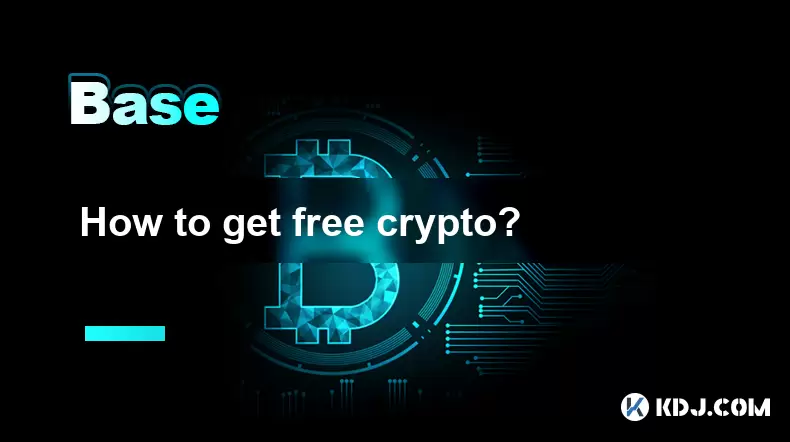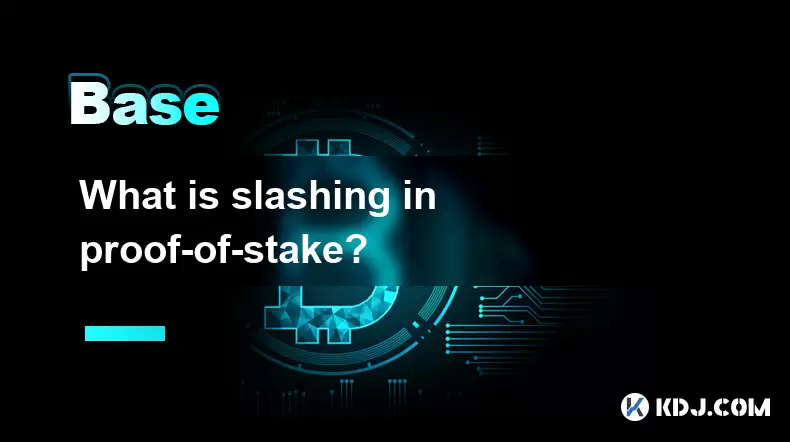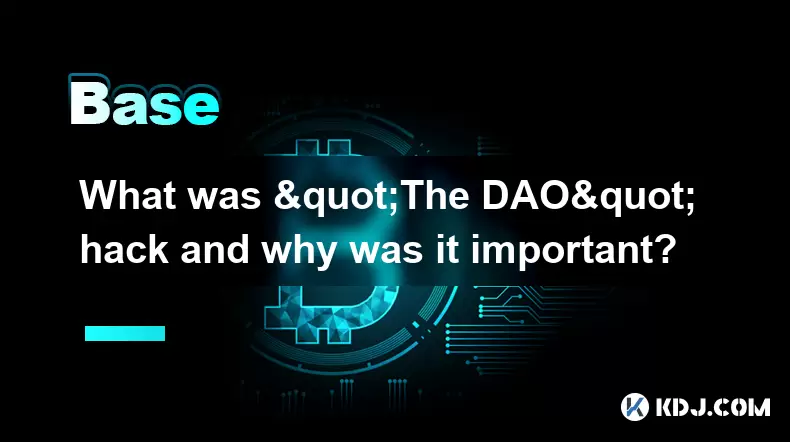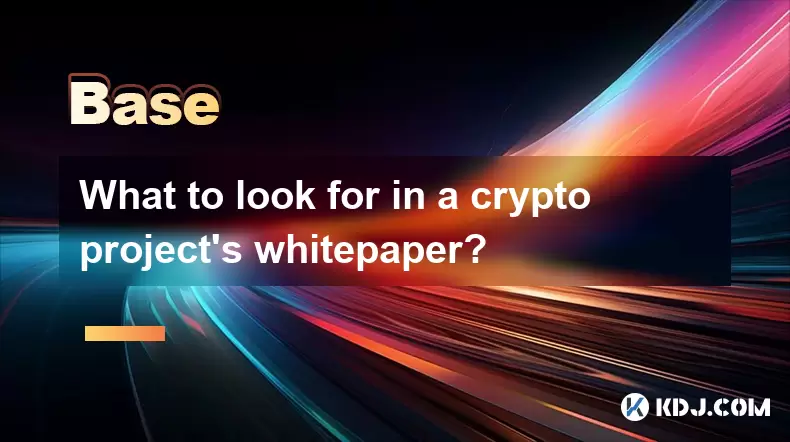-
 Bitcoin
Bitcoin $117900
-0.06% -
 Ethereum
Ethereum $3598
1.67% -
 XRP
XRP $3.433
0.63% -
 Tether USDt
Tether USDt $1.000
-0.02% -
 BNB
BNB $733.2
0.65% -
 Solana
Solana $176.9
-0.25% -
 USDC
USDC $0.9999
0.00% -
 Dogecoin
Dogecoin $0.2417
2.67% -
 TRON
TRON $0.3178
-2.25% -
 Cardano
Cardano $0.8310
2.11% -
 Hyperliquid
Hyperliquid $44.43
0.23% -
 Stellar
Stellar $0.4628
1.17% -
 Sui
Sui $3.852
2.09% -
 Chainlink
Chainlink $18.48
4.01% -
 Hedera
Hedera $0.2684
3.59% -
 Avalanche
Avalanche $24.57
4.87% -
 Bitcoin Cash
Bitcoin Cash $513.5
-0.02% -
 Shiba Inu
Shiba Inu $0.00001492
1.99% -
 Litecoin
Litecoin $113.2
11.61% -
 UNUS SED LEO
UNUS SED LEO $8.980
0.12% -
 Toncoin
Toncoin $3.211
0.51% -
 Polkadot
Polkadot $4.406
4.64% -
 Uniswap
Uniswap $10.16
0.26% -
 Monero
Monero $323.1
1.04% -
 Ethena USDe
Ethena USDe $1.001
-0.02% -
 Bitget Token
Bitget Token $4.936
1.21% -
 Pepe
Pepe $0.00001346
3.98% -
 Dai
Dai $1.000
-0.01% -
 Aave
Aave $318.9
-1.42% -
 Cronos
Cronos $0.1211
2.74%
How to get free crypto?
"Participate in airdrops, bounty programs, and testnets to earn free crypto, or use faucets and referral links for smaller rewards."
Jul 19, 2025 at 06:21 pm

Claiming Airdrops and Free Tokens
One of the most popular methods to obtain free cryptocurrency is through airdrops. Airdrops occur when blockchain projects distribute free tokens to wallet addresses to increase awareness and adoption of their platform. To participate, users typically need to hold a specific cryptocurrency in a compatible wallet or complete simple tasks such as joining a Telegram group, following on Twitter, or retweeting promotional content.
To begin, ensure you have a wallet that supports airdrops, like Trust Wallet or MetaMask. Research upcoming airdrops using platforms like AirdropAlert or CoinMarketCap's Airdrops section. Always verify the legitimacy of the project to avoid scams. Once you've identified a genuine airdrop, follow the instructions carefully, which may include connecting your wallet, completing KYC, or engaging on social media.
Participating in Bounty Programs
Many blockchain startups offer bounty programs to incentivize community contributions. These programs often reward participants with free crypto for tasks such as content creation, translation, social media promotion, or bug reporting. Platforms like Bounties.network and Gitcoin host various bounty opportunities.
To get started, create a profile on these platforms and browse available bounties. Choose tasks that match your skills, such as writing articles, designing graphics, or translating documents. Once you've completed a task, submit your proof of work and wait for the project team to review it. Upon approval, the bounty reward will be sent to your wallet. Always double-check the bounty terms, especially deadlines and submission requirements.
Using Crypto Faucets and Reward Platforms
Crypto faucets are websites or apps that reward users with small amounts of cryptocurrency for completing microtasks like solving captchas, watching ads, or playing games. While the earnings are modest, consistent use can accumulate over time.
Popular platforms include FreeBitco.in, BonusBitcoin, and BitcoinAliens. To maximize returns, use a reliable wallet and regularly withdraw your earnings to avoid losing them due to site changes or closures. Some platforms also offer referral programs, allowing you to earn a percentage of what your referrals earn.
Additionally, browser extensions like CoinMarketCap Earn and Brave Rewards offer free crypto for using specific services. Brave, for instance, rewards users with BAT (Basic Attention Token) for viewing privacy-respecting ads.
Engaging in Testnets and Developer Rewards
Blockchain projects often run testnets to simulate real-world conditions before launching their mainnet. Participants who run nodes, test smart contracts, or report bugs are frequently rewarded with free tokens.
To join, visit the project’s official website or GitHub repository and look for testnet announcements. Download the required software, set up a node or wallet, and follow the instructions provided. Some projects may require technical knowledge, while others offer beginner-friendly guides.
Projects like Ethereum, Cosmos, and Polkadot frequently host testnet campaigns. Rewards are usually distributed after the testnet concludes, and participants must often submit proof of participation via a form or wallet address.
Referral Programs and Invite Bonuses
Many crypto exchanges and wallet services offer referral programs where users earn free crypto by inviting others to sign up or trade. The rewards vary, ranging from fixed amounts to a percentage of trading fees generated by the referred user.
To take advantage, find a reputable exchange or wallet that offers a referral program. Platforms like Binance, KuCoin, and Gemini provide generous rewards. Share your unique referral link via social media, forums, or personal messages.
Some platforms also offer invite bonuses when you sign up using someone else’s link. Always compare the terms of different referral programs to choose the one that offers the best return for your effort.
FAQs
Is it safe to participate in airdrops and bounty programs?
While many airdrops and bounty programs are legitimate, it's essential to verify the authenticity of the project. Avoid sharing private keys and use a separate wallet for airdrops to minimize risk.
Can I earn significant amounts of crypto through faucets?
Faucets typically offer small amounts of cryptocurrency. They are best suited for casual users or those looking to learn about crypto without investing money.
Do I need technical knowledge to participate in testnets?
Some testnets require basic technical understanding, especially when setting up nodes or interacting with command-line interfaces. However, many projects provide detailed guides to help newcomers.
Are referral programs worth it?
Referral programs can be profitable, especially if you have a large audience or network. However, earnings depend on the number of users you refer and their activity on the platform.
Disclaimer:info@kdj.com
The information provided is not trading advice. kdj.com does not assume any responsibility for any investments made based on the information provided in this article. Cryptocurrencies are highly volatile and it is highly recommended that you invest with caution after thorough research!
If you believe that the content used on this website infringes your copyright, please contact us immediately (info@kdj.com) and we will delete it promptly.
- XRP Mining, the GENIUS Act, and Coin Holders: A New Era?
- 2025-07-20 06:30:12
- Arctic Pablo Coin: Navigating the Icebound Estates Presale and Token Burn Strategy
- 2025-07-20 06:30:12
- Arctic Pablo Coin's Myth-Themed Presale: Icebound Estates and Beyond!
- 2025-07-20 06:50:12
- Snorter Token's Presale Success: Riding the GENIUS Act Wave in the Crypto World
- 2025-07-20 06:50:12
- PENGU Token's Breakout Momentum: Riding the Wave in a Bearish Market
- 2025-07-20 07:10:12
- Crypto's 100x Hunt in 2025: Beyond the Hype
- 2025-07-20 07:10:12
Related knowledge

What is the Inter-Blockchain Communication Protocol (IBC)?
Jul 19,2025 at 10:43am
Understanding the Inter-Blockchain Communication Protocol (IBC)The Inter-Blockchain Communication Protocol (IBC) is a cross-chain communication protoc...

How does sharding improve scalability?
Jul 20,2025 at 01:21am
Understanding Sharding in BlockchainSharding is a database partitioning technique that is increasingly being adopted in blockchain technology to enhan...

What is the "crypto trilemma" of scalability, security, and decentralization?
Jul 19,2025 at 06:28pm
Understanding the Concept of the Crypto TrilemmaThe crypto trilemma refers to the challenge of simultaneously achieving scalability, security, and dec...

What is slashing in proof-of-stake?
Jul 20,2025 at 06:07am
Understanding Slashing in Proof-of-StakeIn a Proof-of-Stake (PoS) blockchain network, slashing refers to the penalty mechanism used to deter validator...

What was "The DAO" hack and why was it important?
Jul 19,2025 at 09:08pm
Background of 'The DAO''The DAO' (Decentralized Autonomous Organization) was a venture capital fund built on the Ethereum blockchain, launched in Apri...

What to look for in a crypto project's whitepaper?
Jul 19,2025 at 01:42pm
Understanding the Purpose of a WhitepaperA whitepaper is a foundational document for any cryptocurrency project, often serving as the first point of c...

What is the Inter-Blockchain Communication Protocol (IBC)?
Jul 19,2025 at 10:43am
Understanding the Inter-Blockchain Communication Protocol (IBC)The Inter-Blockchain Communication Protocol (IBC) is a cross-chain communication protoc...

How does sharding improve scalability?
Jul 20,2025 at 01:21am
Understanding Sharding in BlockchainSharding is a database partitioning technique that is increasingly being adopted in blockchain technology to enhan...

What is the "crypto trilemma" of scalability, security, and decentralization?
Jul 19,2025 at 06:28pm
Understanding the Concept of the Crypto TrilemmaThe crypto trilemma refers to the challenge of simultaneously achieving scalability, security, and dec...

What is slashing in proof-of-stake?
Jul 20,2025 at 06:07am
Understanding Slashing in Proof-of-StakeIn a Proof-of-Stake (PoS) blockchain network, slashing refers to the penalty mechanism used to deter validator...

What was "The DAO" hack and why was it important?
Jul 19,2025 at 09:08pm
Background of 'The DAO''The DAO' (Decentralized Autonomous Organization) was a venture capital fund built on the Ethereum blockchain, launched in Apri...

What to look for in a crypto project's whitepaper?
Jul 19,2025 at 01:42pm
Understanding the Purpose of a WhitepaperA whitepaper is a foundational document for any cryptocurrency project, often serving as the first point of c...
See all articles

























































































